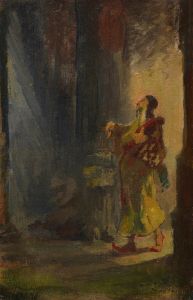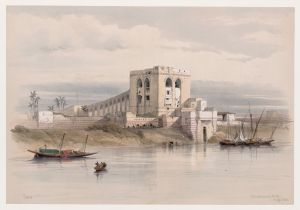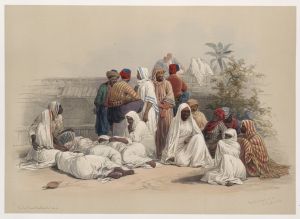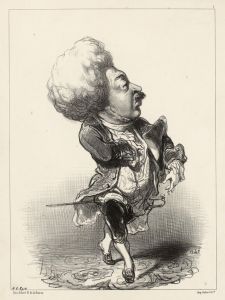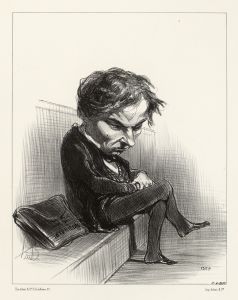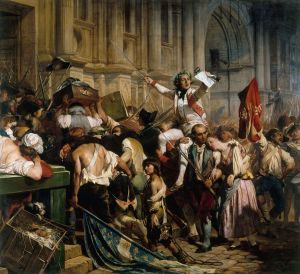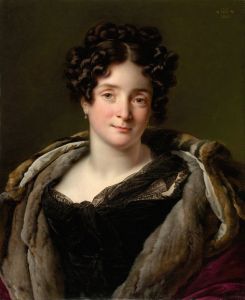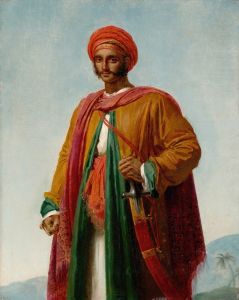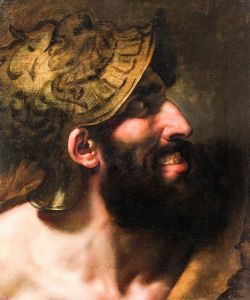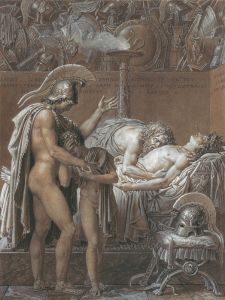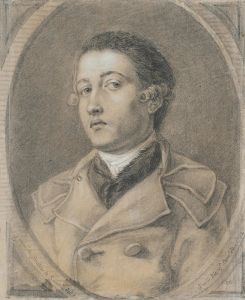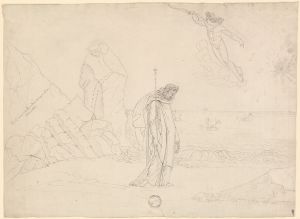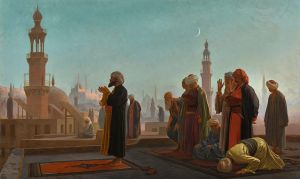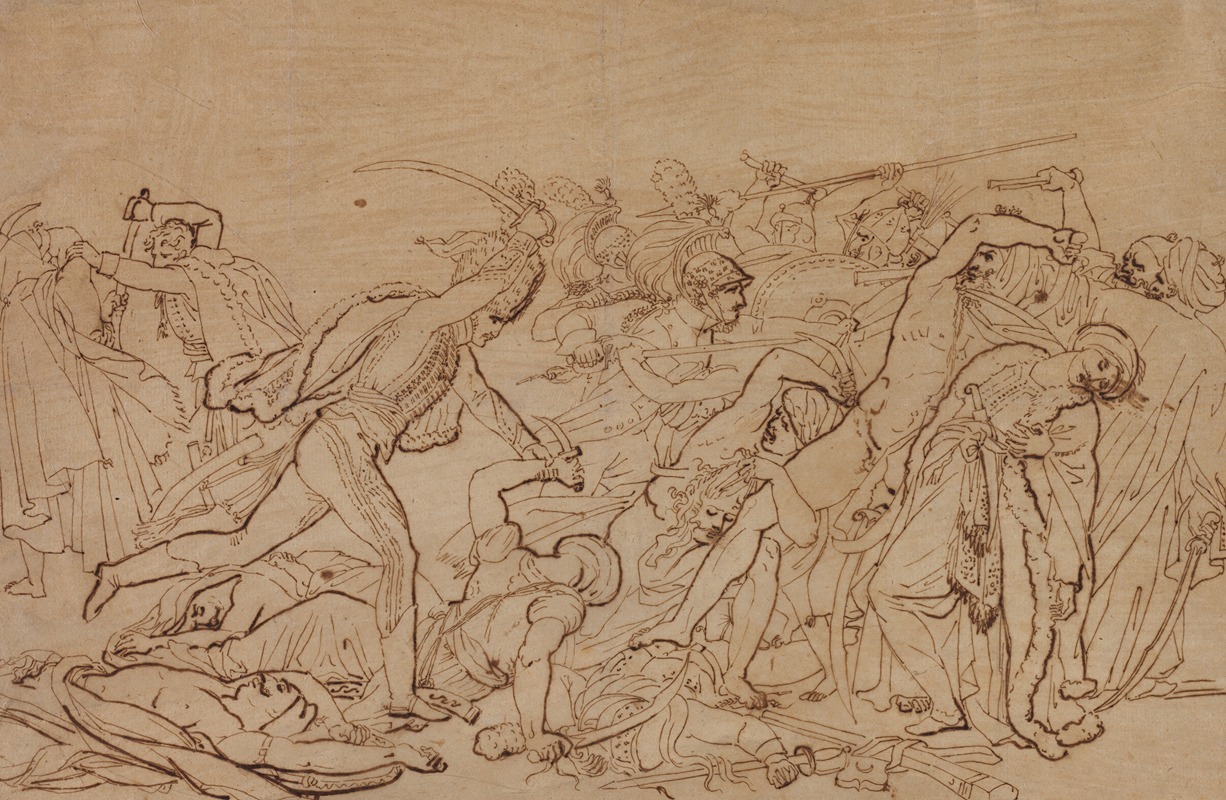
Study for The Revolt of Cairo
A hand-painted replica of Anne Louis Girodet-Trioson’s masterpiece Study for The Revolt of Cairo, meticulously crafted by professional artists to capture the true essence of the original. Each piece is created with museum-quality canvas and rare mineral pigments, carefully painted by experienced artists with delicate brushstrokes and rich, layered colors to perfectly recreate the texture of the original artwork. Unlike machine-printed reproductions, this hand-painted version brings the painting to life, infused with the artist’s emotions and skill in every stroke. Whether for personal collection or home decoration, it instantly elevates the artistic atmosphere of any space.
"Study for The Revolt of Cairo" is a preparatory work by French artist Anne-Louis Girodet-Trioson, created in the early 19th century. Girodet-Trioson, a prominent painter of the Neoclassical period, was known for his dramatic compositions and meticulous attention to detail. This study was made in preparation for his larger painting, "The Revolt of Cairo," which depicts a historical event that took place during Napoleon Bonaparte's Egyptian campaign.
The subject of the study and the final painting is the uprising of the people of Cairo against French forces on October 21, 1798. This revolt occurred during the French occupation of Egypt, a period marked by cultural exchanges and military conflicts. Napoleon's campaign aimed to establish French influence in the region and disrupt British trade routes to India. However, the occupation faced significant resistance from the local population, culminating in events such as the Cairo revolt.
In this study, Girodet-Trioson explores the composition, figures, and emotional intensity that would later characterize the final painting. The work reflects his ability to capture dynamic movement and dramatic tension, hallmarks of his artistic style. While the study itself may lack the polished details of the completed piece, it provides valuable insight into the artist's creative process and his approach to historical subjects.
The final painting, "The Revolt of Cairo," was commissioned by Napoleon and completed in 1810. It was intended to glorify French military achievements and portray the complexities of the Egyptian campaign. Girodet-Trioson's work, including this preparatory study, is notable for its blend of historical narrative and artistic innovation, contributing to the broader tradition of history painting in the Neoclassical era.
The study is now recognized as an important example of Girodet-Trioson's preparatory techniques and his engagement with historical themes. It remains a subject of interest for art historians and scholars studying the intersection of art, politics, and history during the Napoleonic period.





